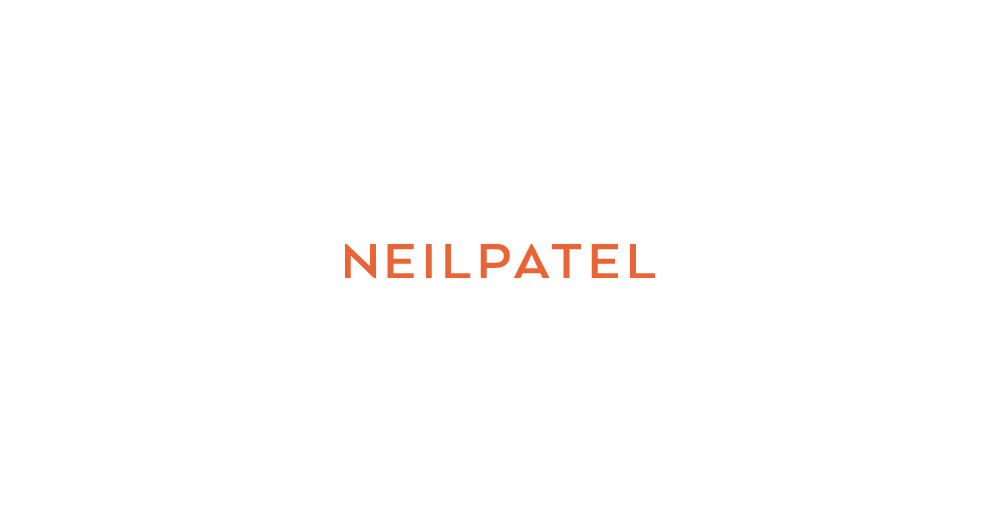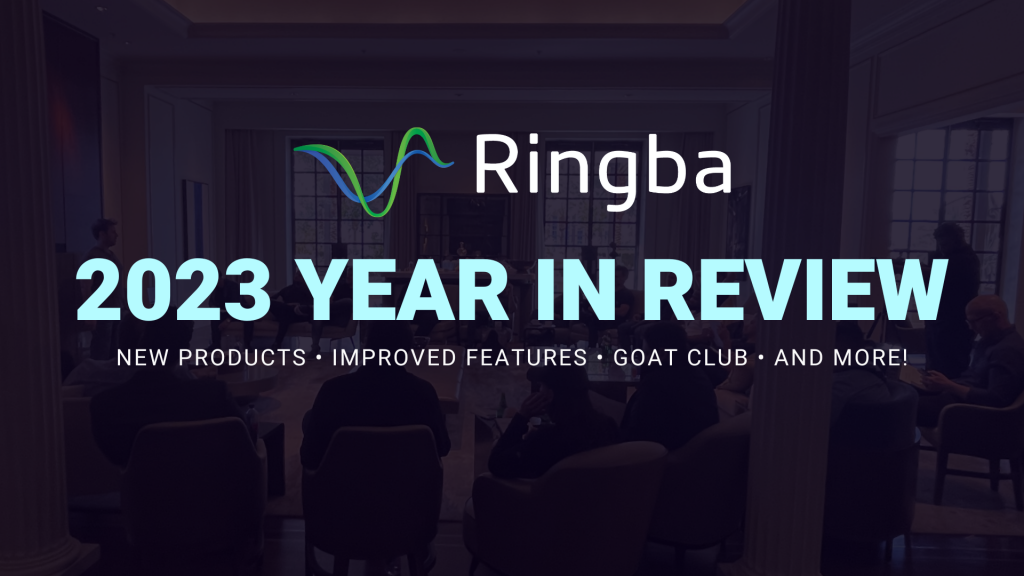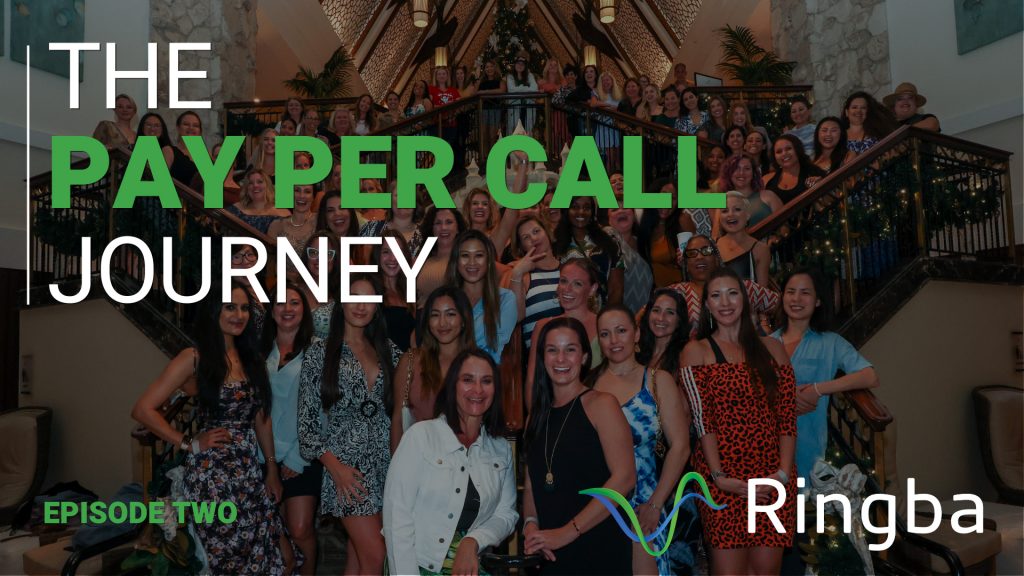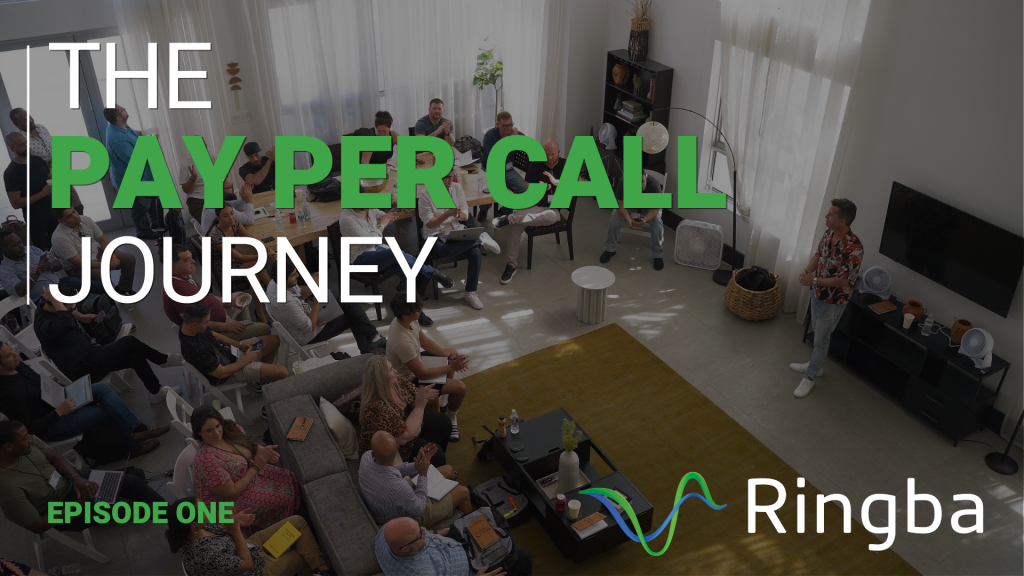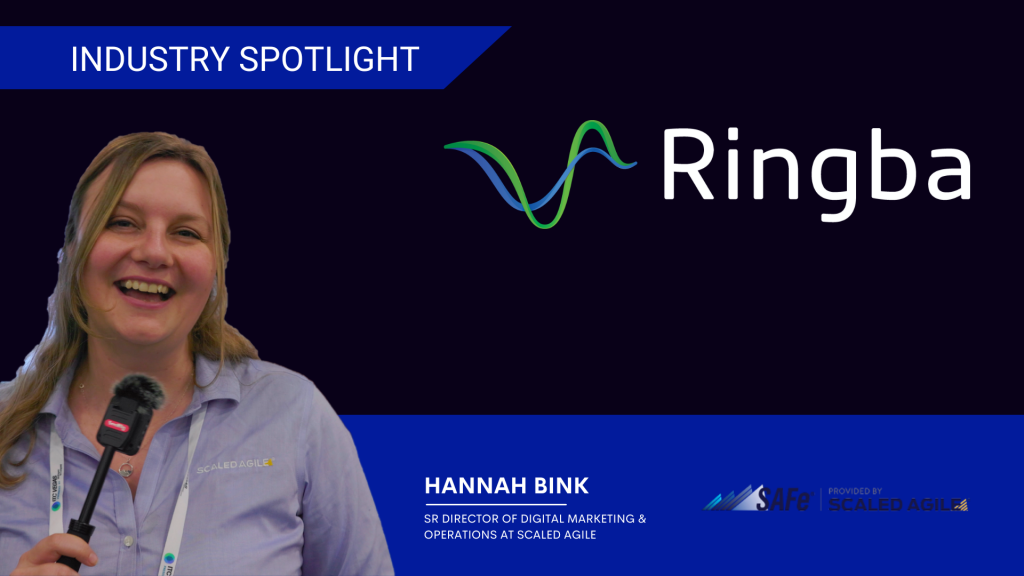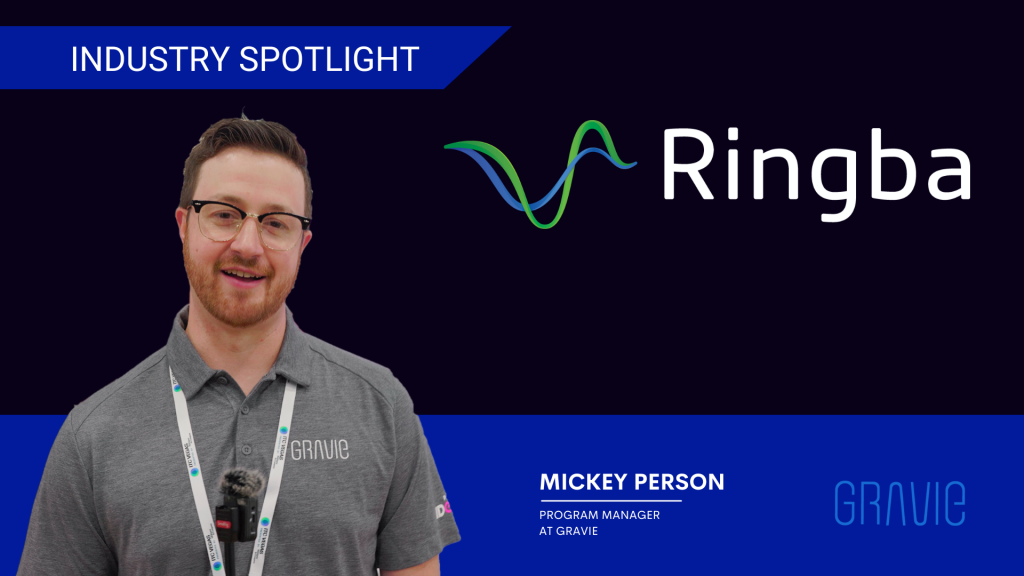“I got started back in internet marketing 17 years ago. I was trying to find a job online, I couldn’t find one, I created my own job website and I thought you pop up a website, people just come to it. As you know, that’s not the case. I saved whatever money I had from picking up trash and cleaning restrooms to pay a marketing firm. I didn’t pay them much, but they also didn’t provide any results. They promised the world though. Eventually, from being broke and frustrated, I had no choice but to learn online marketing, got decent at it, my site got traffic. And boom, I was off to the races”
— Neil Patel, CEO of Neil Patel Digital
Neil Patel (LinkedIn: @neilkpatel, Website: NPDigital.com) has been dubbed a top influencer on the web by The Wall Street Journal, one of the top 10 marketers according to Forbes, and Entrepreneur Magazine included his company in their 100 Most Brilliant Companies list. It doesn’t stop there; Neil is a New York Times bestselling author, was recognized as a top 100 entrepreneur under the age of 30 by President Obama, and a top 100 entrepreneur under the age of 35 by the United Nations. Neil currently runs a digital agency, Neil Patel Digital, that assists a wide range of companies with online marketing.
Watch the interview on YouTube
Listen to the audio version
Read the transcript
Neil’s First Success
“My first success was the ad agency called ACS. And we helped companies just grow their search traffic. I would speak at conferences, blog, and then grow from there. And then the 2008 recession hit, I lost a lot of customers, moved on to software. But recently I’ve been back at the ad agency game with my agency called Neil Patel digital, and I’ve been having a blast.”
It’s always awesome to hear about the first successes of a true expert. Here we find out that Neil’s first successful endeavor was an online ad agency called ACS which focused on search traffic. Sure, ACS came with its ups-and-downs, but it was the first stepping stone on the path towards Neil becoming a Goliath in the world of online marketing. Now Neil Patel Digital provides client services in SEO, paid advertising, conversion optimization, funnels, email marketing – basically, the whole gamut.
Neil on Funnel Optimization Trends
“What we’re seeing is there’s a lot of little stuff that really moves the needle if you combine it all … for example, order bumps have a nice small impact. Two-step checkouts, of course adding upsells and downsells, doing the sequencing where if someone went to the checkout page but didn’t buy, you show them something different or you remarket them and you show them a video on Facebook and YouTube through your marketing on what it would be like if they would be a customer. All these little things to fine-tune the funnel is what we’re seeing that really makes numbers work.”
Here Neil artfully describes the fine details that, in aggregate, can optimize a modern sales funnel. While an ambitious sales funnel can’t hurt, at the end of the day try to focus on picking up small improvements here and there that in tandem lead to significant optimizations. This requires a certain eye for detail that can often be overlooked when your funnel is too ambitious, so try to be mindful of that.
Remove Dates from URLs & Add Sidebar Links to Pillar Content
“There’s a lot of little stuff, like SEO has been working really well. But to give you more specifics, things like removing dates from URLs, a little tactic like that, in many cases we’re getting a 50% lift in search up. Because a lot of people have dates turned on by default through WordPress. Putting in links in the sidebar on our blogs to all the pillar content. We find that within 12 months that usually kicks those posts really high up and they rank better.”
Combining multiple small optimizations is a common theme of Neil’s strategy. The compounding effect of small adjustments such as removing dates from URLs, and adding sidebar links to pillar content has a significant impact on search rankings over time. Keep an eye out for opportunities to implement this approach, while also looking for other small refinements which you can make. Most of these opportunities should be relatively low hanging fruit, and the compounding effect can be massive.
Neil’s #1 Tip
“The biggest tip I have for people is some people meditate, I’m not into meditation. But I’ll do simple things. Like each day I’ll go on for a walk, for like 15, 20, 30 minutes, sometimes 45 minutes, maybe even longer. And just debrief and think about my day, how I could have done things better. I also look at each day and being like, “What did I do wrong? What did I do better? What do I need to accomplish the next day?” And think of it like a to-do list, but something small enough so you can get it done throughout a day, versus something that’s going to take a month.“
Meditation might not be Neil’s cup of tea, but here he describes a different contemplative practice which he does encourage. Life is hectic, and we’re all busy people. It’s incredibly important to allow yourself some time for self introspection and review on a daily basis. Give yourself the necessary downtime each day to take a stroll, even if it’s around the block for 15 minutes, and go reflect. What went well today? What can be improved on? It’s up to you to keep track of your day-to-day struggles, successes, and failures; but well worth it.
Improving Your Life for Business: Be Incremental
“Just pick one little thing to add into your routine every single week. And start small. Working out doesn’t have to be long and hard. You don’t have to go to the gym and drive 15, 20 minutes each way. Using YouTube and checking out all the videos there, whether you want to do cardio exercises or weight training, or just leveraging body weight. There’s videos on everything. And I recommend just adding one thing in your routine, whether it’s walking or working out or whether it’s to-do lists or task lists. Just start off small and then gradually increase over time.”
Improving your lifestyle to be more compatible with your professional life is a balancing act. A lot of times when people first decided to make such improvements, they get tripped up over the endgame rather than the day-to-day. The best way to avoid this myopia is to start small, and be incremental. Be tenacious, and focus on one little thing to add into your routine every single week. Because if you make the mistake of trying to change everything overnight you will be in for a rude awakening. Dramatic, instantaneous changes might seem great on day one, but are nearly impossible to keep up with in the long run.
Competition and Difficulty in Marketing Will Increase
“In 2019, marketing’s going to get harder, whether it’s pay-per-click or SEO or any tactic you use out there. It’s more competitive. Companies are now raising the majority of their money instead of for infrastructure and employees, they now raise money purely for scale, marketing, and sales. So in 2019, when you start seeing things change, yeah, it’s going to be harder for you. But don’t look at that as, ‘Oh, my business is gone.’ Look at that as an opportunity. Because if you can adjust and figure out how to make it work, you’ll have less competitors.”
Try not to take this as disheartening, instead recognize it for the opportunity that it is. All this means for your business is that mindfulness of competition, and the ways in which they navigate scale, are more important than ever. You’ve got to diligently assess the landscape because difficulty and competition are increasing, not decreasing. Interestingly enough, adding this to your perspective ultimately gives you the kind of edge necessary to thrive in such a competitive environment.
Final Thoughts: Synergy in Lead Generation and Customer Outreach
“Message people through multiple channels, and a handful of times, each one, until you get responses. Try different templates, campaigns, whatever it may be called. And then from there, whatever’s working for you, do more of that. But the biggest thing that we’ve learned is more so– versus what you’re writing or how you’re communicating– it’s how quickly are you communicating when you get that phone number or email? We’ve found that if it’s within the first five minutes, the conversions are through the roof.”
You can file this under “obvious, yet all too often overlooked.” While an omni-channel approach is critical to business development in its own right, a readiness to follow-up promptly is even more crucial. Neil’s not describing a “first 5 days,” or “first 5 hours,” prospect follow-up strategy – he’s saying that in his own experience, following-up in the first 5 minutes of capturing a lead has had explosive results. Lead volume is great, but are you prepared for that prompt follow-up?
